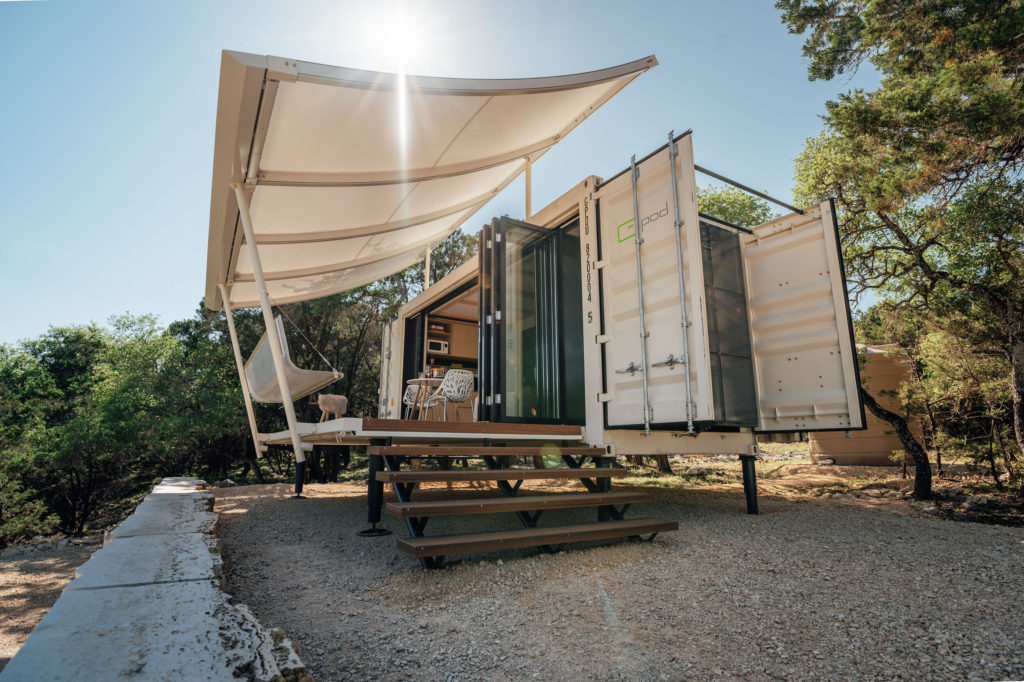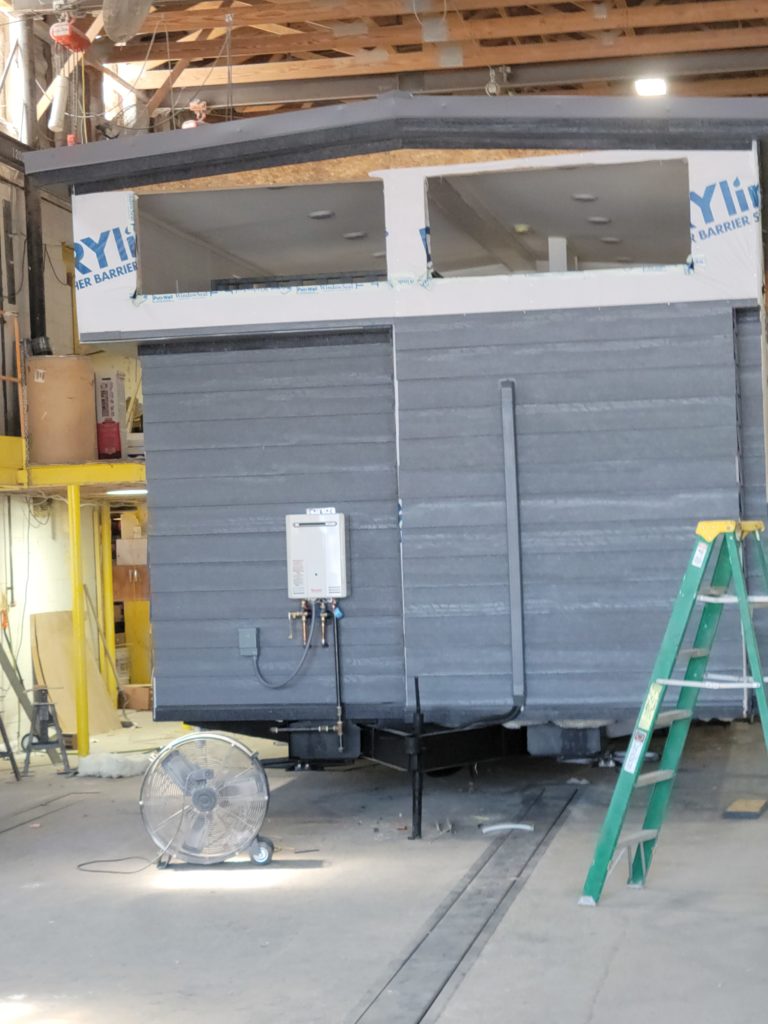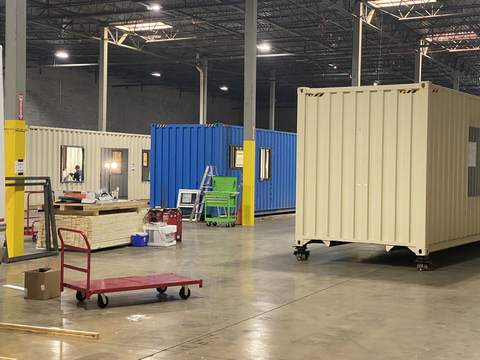For the past 10 years, tiny houses on wheels, ADUs, Granny Pods, and small dwellings in just about any shape or style have grown in number. Between Gen Z and Millennials wanting to own small affordable homes and Boomers wanting to downsize, tiny homes are becoming accepted in more and more communities.

Some local planning and zoning commissions are actually working with builders and developers to allow entire tiny house communities within their jurisdictions.
Now as I travel about the country, I’m seeing more modular factories dedicate part of their production to tiny houses. The factories vary in what they will build though. Some have begun building tiny houses to the RVIA Code while others are staying within the IRC standards. But no matter what the code is, most stay within the 13’9” height x 8’2” wide x <400 sq ft dimensions.

The majority of tiny houses will cost under $150,000, though architecturally designed luxury homes can easily climb to $175,000. For a fully functional tiny home, you should expect to pay between $95,000 to $130,000. Prefab tiny homes can start as low as $45,000, but extras and add-ons will obviously increase the price.
The building code used by each factory will have a big impact on cost. IRC-based tiny houses will be about 35% more costly than one built to Tiny House or RVIA codes.

While tiny homes have a number of advantages in the modern climate, it is not all perfect. Many people would struggle to live in a tiny space long term. There is difficulty with storage, little room for growth (a challenge especially for those who want families) and little privacy. This is something Gen Z and Millennials should be aware of if they have children or are planning a family. It may begin to feel claustrophobic.
One of the benefits of tiny house living in a community setting is the camaraderie many Gen Zs are looking for as a lifestyle.

With the appeal of living tiny, modular factories are no longer turning their backs on them. Instead, look for more space on production lines being assigned to this “new to modular” product.



